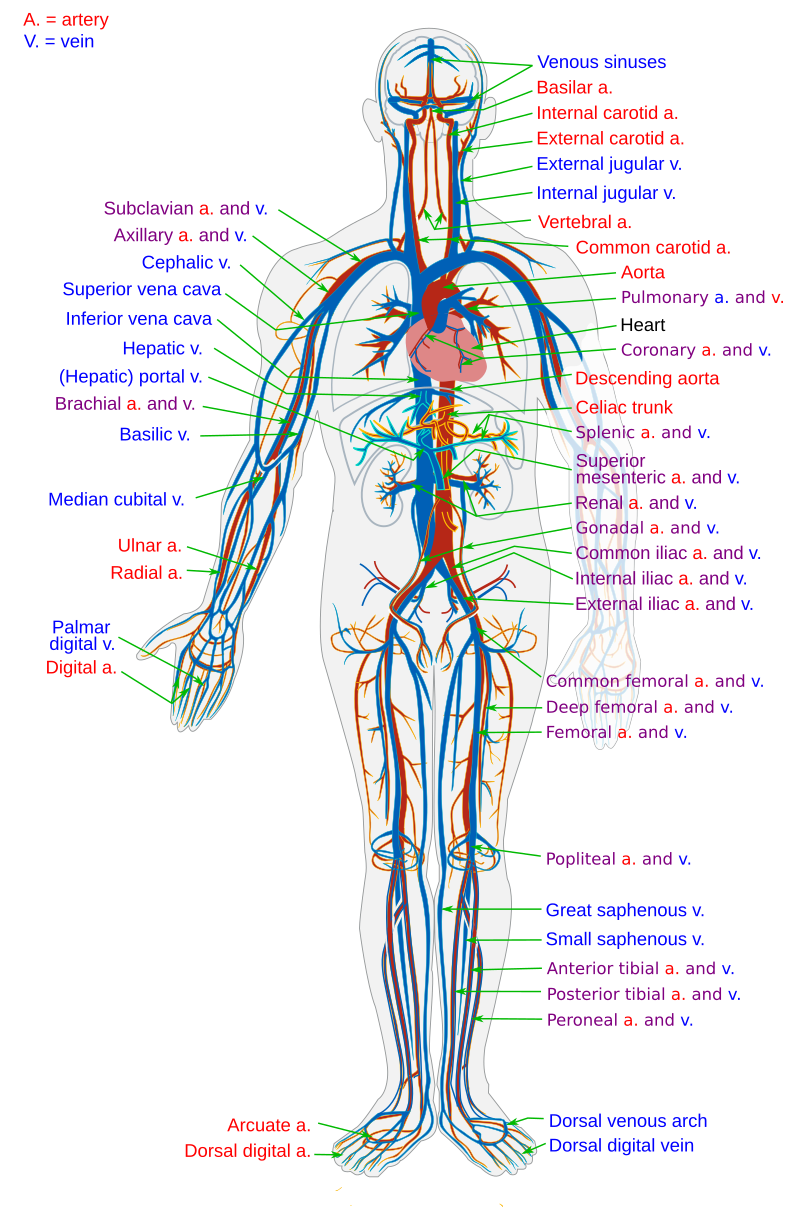Higher Cardiovascular Mortality Rates in Women With Inflammatory Diseases

Cardiovascular disease (CVD) mortality rates among patients with immune-mediated inflammatory diseases (IMIDs) have shown a notable decline over the past two decades; however, women continue to experience higher mortality rates compared to their male counterparts. This trend, which spans from 1999 to 2020, raises critical questions regarding gender disparities in health outcomes within this patient population.
Researchers, led by Dr. Issam Motairek of the Cleveland Clinic, analyzed data from the Centers for Disease Control and Prevention (CDC) Multiple Cause of Death files, focusing on the sex differences in CVD-related mortality in patients diagnosed with IMIDs. The study included a comprehensive analysis of 281,355 IMID-related deaths and 127,149 CVD-related deaths during the 22-year period. The findings were published in the journal *Circulation: Cardiovascular Quality and Outcomes* on May 5, 2025.
The analysis revealed that while overall CVD-related mortality rates declined significantly, from 3.3 per 100,000 in 1999 to 1.4 per 100,000 in 2020 for women, men exhibited a similar decline from 2.3 to 1.1 per 100,000 during the same period. Despite these reductions, women maintained a higher mortality rate than men throughout the study's duration, with a mortality rate ratio of 1.5 (P < .01). Major contributors to these mortality figures included cerebrovascular disease and ischemic heart disease, with women facing mortality from arrhythmia and cardiac arrest at rates exceeding those of men by more than double.
According to Dr. Motairek, "Addressing these risks requires increasing awareness of atypical cardiovascular symptoms in females with IMIDs, enhancing early detection through advanced imaging, and ensuring equitable access to therapies like biologics." This perspective underscores the importance of tailored healthcare approaches that consider the unique needs of women suffering from these chronic inflammatory conditions.
The historical context of this issue dates back several years, with increasing recognition of gender disparities in health outcomes. Previous studies have indicated that women with IMIDs, such as rheumatoid arthritis and systemic lupus erythematosus, often present with atypical cardiovascular symptoms, leading to delayed diagnosis and treatment.
Despite the promising decline in overall mortality rates, the study's authors caution that certain limitations may impact the accuracy of the conclusions drawn. The researchers noted potential inaccuracies in diagnostic coding, which may have led to misclassification of causes of death. Additionally, the aggregate data structure limited the ability to analyze individual-level factors, such as disease severity and treatment histories, which could provide a more nuanced understanding of the disparities observed.
As healthcare providers strive to improve outcomes for patients with IMIDs, the persistent gender gap in cardiovascular mortality highlights the need for ongoing research and intervention strategies. The implications of this study extend beyond clinical settings, potentially influencing public health policies aimed at reducing health disparities among women.
In conclusion, while there has been progress in reducing CVD mortality rates among patients with IMIDs, the persistent higher rates in women necessitate a focused approach to healthcare that recognizes gender-specific risks and promotes equitable access to care. Future research must continue to explore the underlying causes of these disparities and evaluate the effectiveness of interventions designed to address them.
Advertisement
Tags
Advertisement





